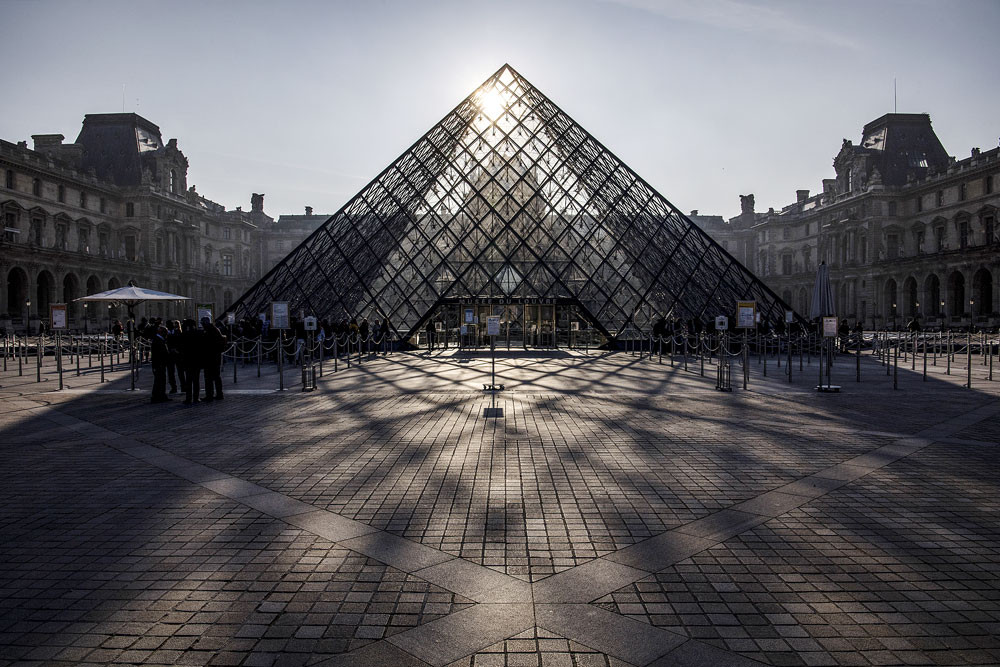Popular Reads
Top Results
Can't find what you're looking for?
View all search resultsPopular Reads
Top Results
Can't find what you're looking for?
View all search resultsI.M. Pei, a pillar of modern architecture, dies at 102
I.M. Pei, the preeminent US architect who forged a distinct brand of modern building design with his sharp lines and stark structures, has died.
Change text size
Gift Premium Articles
to Anyone
I
.M. Pei, the preeminent US architect who forged a distinct brand of modern building design with his sharp lines and stark structures, has died, his sons' architecture firm said Thursday. He was 102 years old.
The Chinese-born Pei was the mastermind behind the bold Louvre pyramid in Paris, the landmark 72-story Bank of China tower in Hong Kong and Athens' Museum of Modern Art, works seen as embracing modernity tempered by a grounding in history.
In his adopted home country the United States, Pei became perhaps best known for his landmark East Building at Washington's National Gallery of Art, deftly melding sharp modern angles with the monumental grandeur the US capital is known for.
"Contemporary architects tend to impose modernity on something. There is a certain concern for history but it is not very deep," Pei told The New York Times in a 2008 interview. "I understand that times have changed, we have evolved. But I don't want to forget the beginning."
"A lasting architecture has to have roots."
Born in China in 1917, banker's son Ieoh Ming Pei came to the US at 17 to study architecture, receiving an undergraduate degree in the field from the Massachusetts Institute of Technology in 1940.
Read also: From outrage to icon: Paris marks 30 years of Louvre's pyramid
He then enrolled in Harvard University's Graduate School of Design, where he received a masters degree in architecture in 1946. He became a naturalized US citizen in 1954.
His revered projects include the Rock and Roll Hall of Fame and Museum in Cleveland, Ohio; the Miho Museum of Shigo, Japan; the Morton Meyerson Symphony Center in Dallas, Texas, and The John F. Kennedy Library in Boston, Massachusetts.
Despite being a confessed Islamic art novice, he was also commissioned to design the Museum of Islamic Art in Doha, Qatar, which opened in 2008.
In 1988, then-French president Francois Mitterrand inducted Pei as a Chevalier in the Legion d'Honneur, later raising him to the rank of Officier when Phase II of the glass-and-stainless steel Grand Louvre pyramid was completed in 1993.
US president George Bush awarded Pei the Medal of Freedom that same year, when he was also elected an Honorary Academician of the Royal Academy of Arts in London.











